If the star is massive enough, it will not fade out like our Sun, which, after burning slowly for tens of billions of years, having shed the outer layers, will turn into a white dwarf relatively calmly. Instead, rampant fusion reactions will begin in the core of the “heavyweight”. They will blow apart the outer shell in a grandiose supernova explosion, and its interior, under the influence of gravity, rapidly contracting, will form a neutron star or a black hole. At least, that’s what conventional theory predicts.
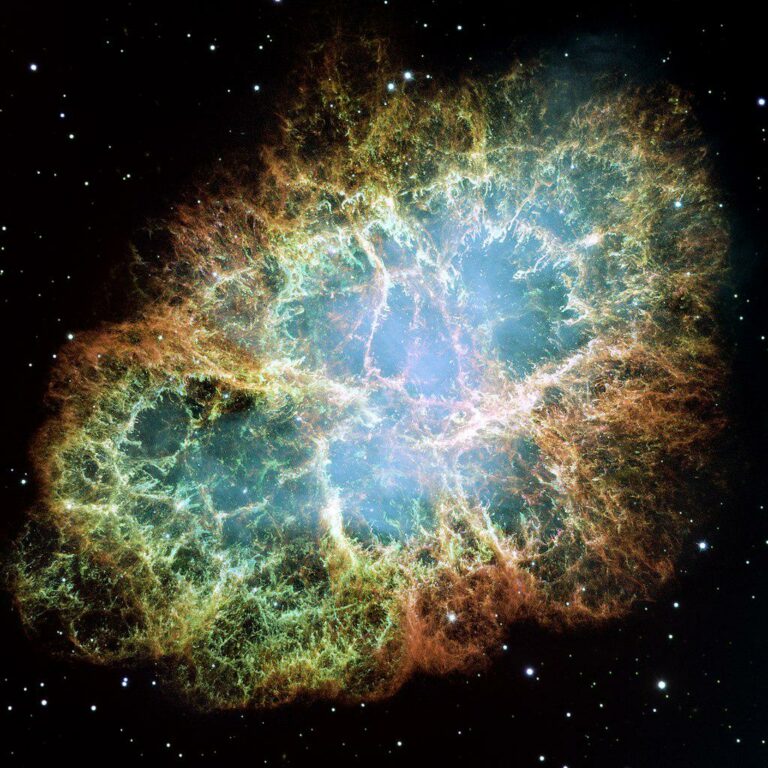
But if the star is even more massive, then such an explosion may not happen. In this case, a “direct collapse” with the formation of a black hole is possible, which will “swallow” all the matter of the luminary, leaving no visible traces of it. Finally, there is a third scenario — a hypernova explosion, in which significantly more energy is released than in a supernova explosion, and the star’s matter is completely ejected into the surrounding space, leaving no compact leftover in the center. So how do supermassive stars end their life path? That’s what science says about it.
“Ordinary” supernovae
Immediately after birth, fusion reactions occur in the interior of stars with the conversion of hydrogen into helium. This initial stage is passed by all the luminaries: our Sun, and red dwarfs, which are only a few dozen times more massive than Jupiter, and giants with masses of tens and hundreds of solar. The more massive the star, the higher the temperature of its core and the faster it “burns” its thermonuclear fuel. When the hydrogen runs out, the stellar core contracts and heats up to temperatures at which helium begins to “burn”, and then heavier elements. In the interior of stars like the Sun, the temperature can rise to values sufficient for the course of nuclear reactions of carbon synthesis. But this is the end of their life cycle. To “start” the next reaction — the “burning” of carbon (carbon-based nuclear fusion) — the luminary must have a mass at least 8 times greater than the solar one.
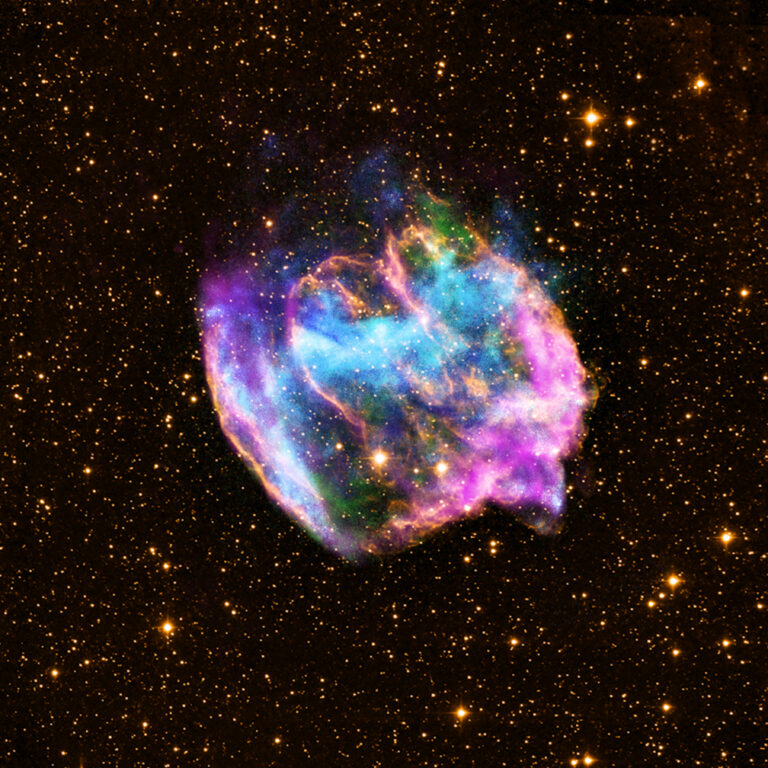
Sun-like stars in the final stages of evolution gradually shed their outer shells, forming planetary nebulae. Their nuclei, in turn, slowly contract, turning into white dwarfs enriched with carbon and oxygen. In the process of contraction, such objects can go through the stage of a red dwarf rich in “unburned” helium. But the reactions of thermonuclear fusion based on helium no longer occur in them, and contraction continues until the formation of a white dwarf consisting mainly of this element.
More massive stars are destined to experience real cosmic fireworks at the end of their active existence. Most often — especially for objects with a mass approaching 20 solar — when the core is compressed, the temperature continues to rise, as a result of which further nuclear fusion processes are triggered with the formation of heavier elements: oxygen, neon, magnesium, silicon, sulfur and further “up” the periodic table up to iron, cobalt and nickel. As soon as the synthesis of the heaviest elements from this series requires more energy than is released during gravitational compression, the nucleus collapses and a supernova explodes.
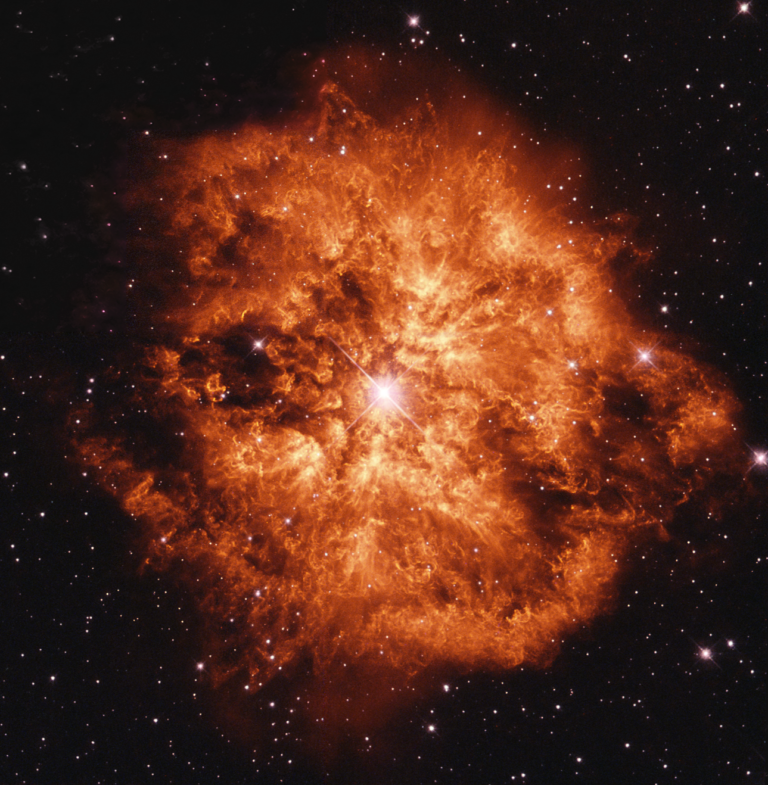
This is an impressive end for many of the massive luminaries of our Universe. Only one percent of all stars have enough mass to carry out such a catastrophic scenario. More massive objects are even rarer. According to modern estimates, about 80% of the stellar population are red dwarfs with a mass not exceeding 40% of the solar. 95% of the stars are less massive than our luminary, but some of the remaining 5% are tens or even hundreds of times heavier than the Sun. Such “monsters” are rare, but they are extremely important for cosmology. The fact is that supernova explosions are not the only scenario for the death of such stars.
Death of the “heavyweights”
Many massive luminaries have outflows and emissions of matter. At some stages, when a star is close to the end of its life cycle, something causes its core to contract briefly, which, in turn, leads to its warming up. When it gets hotter, all types of thermonuclear reactions accelerate, which causes an abrupt increase in the energy released. This leads to the release of a large amount of matter (up to tens of solar masses), creating an event known as a “supernova impostor”. During it, the brightness of the object increases significantly. An example of such a “supernova impostor” in the XIX century was the η Carinae. But inside the nebula it created, the star continues to burn in anticipation of its fate.
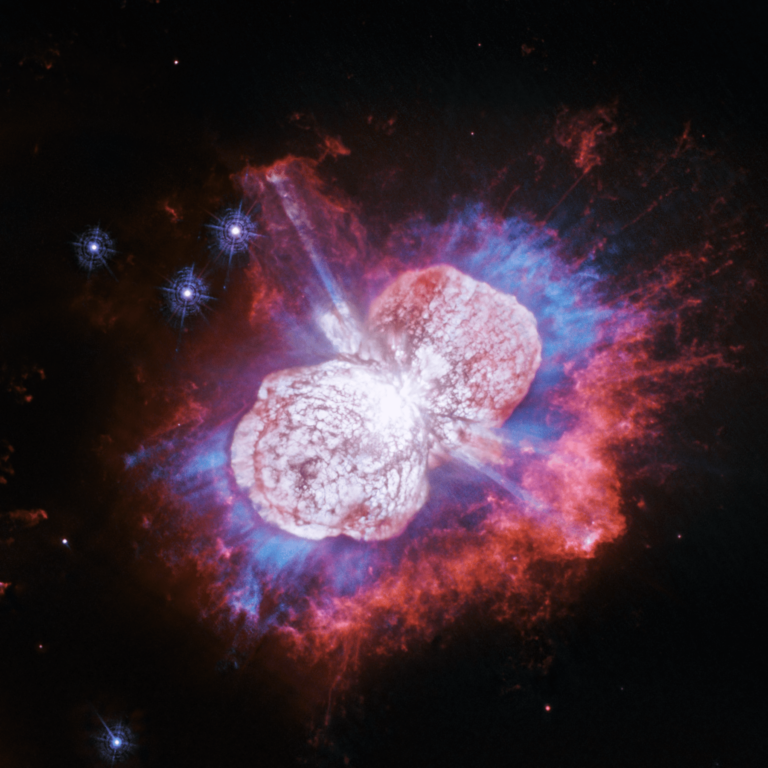
What fate will befall a luminary with a mass 20 times greater than the sun? There are three scenarios, but it is still difficult to understand what conditions can lead to the implementation of each of them. One possibility we’ve already talked about is a supernova explosion. Any supermassive star in the last stages of burning loses a large amount of its substance, and as a result, its mass may become less than the upper limit of the range that provides a “normal” supernova flare. But there are two other ranges of masses with as long as unknown boundaries, for which the completion of the life cycle is realized in other ways. Such scenarios are predicted theoretically, and they have already been observed.
Direct collapse
The first scenario is a direct collapse. When a supernova explodes, the core of the star continues to contract and, depending on the mass, turns into a neutron star or a black hole. In 2018, astronomers observed for the first time how an object with a mass of 25 solar masses simply disappeared. Such “heavyweights” do not die without some catastrophic effect, but there is a physical explanation for what could have happened in this case: the core of the star stopped creating sufficient radiation pressure to counteract gravitational contraction. If its central region becomes sufficiently dense (in other words, if a large mass condenses inside a sufficiently small volume), a black hole is formed and an event horizon arises. This black hole can absorb all the matter of the shells surrounding it.
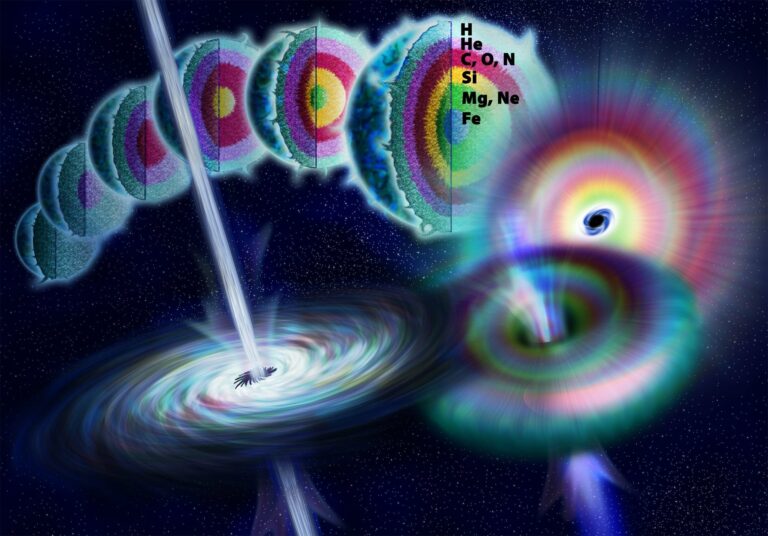
It was assumed that a direct collapse was possible for very massive luminaries — with masses at least 200 times higher than the solar one. But recent observations of the disappearance of a “low-mass” star (25 solar masses) have raised new questions. Probably, we do not fully understand the processes taking place in the stellar interior: it is possible that there are other conditions under which a star can “sink into oblivion” without throwing a noticeable amount of matter into interstellar space. If this is the case, then the formation of black holes through such a collapse should be much more common than previously thought. Perhaps this is the way the Universe has created supermassive black holes in the earliest stages of its existence.
But there is another scenario that leads to a more spectacular light show than a “normal” supernova can offer — a hypernova explosion!
Too much energy
Hypernova explosions are also called super-bright supernovae. At the maximum, they have a much higher brightness and show completely different light curves in the areas of its increase and fall. When a substance that exceeds the mass of the Sun by more than a hundred times collapses into a small volume, a colossal amount of energy is released, sufficient for the generation of an electron-positron pair from a photon (the reverse process of annihilation). What electrons are, we know well from everyday life. Positrons are antiparticles symmetrical to electrons, and they are very special.
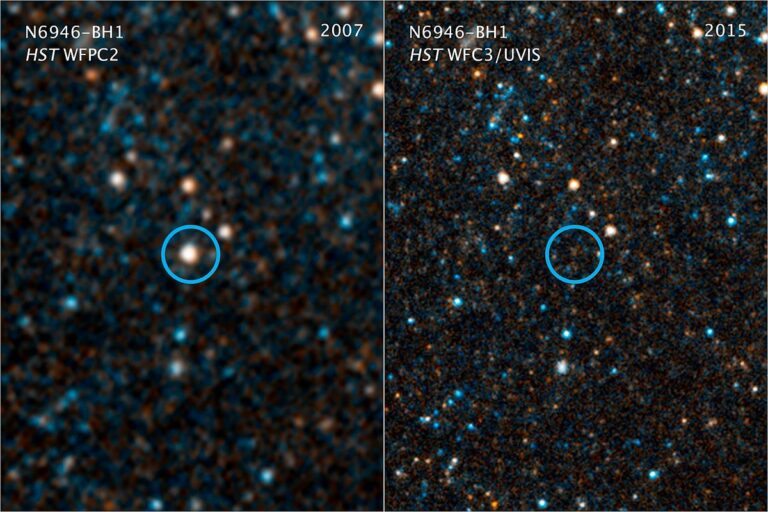
When positrons are present somewhere in large numbers, they inevitably collide with any surrounding electrons. Such collisions lead to the annihilation of both particles, producing two gamma photons with a very specific high energy. If the rate of positron formation (and hence gamma radiation) is low enough, the core of the star remains stable. But if this velocity is greater than a certain limit, all excess gamma photons with an energy of 511 keV and higher will heat the core. In other words, if these electron-positron pairs are born at a certain rate, but the core still collapses, the process of pair formation accelerates, continuing to heat it. However, this cannot last long and ends with a grandiose explosion of a hypernova, after which a substance with a mass of more than a hundred solar particles is scattered in space.
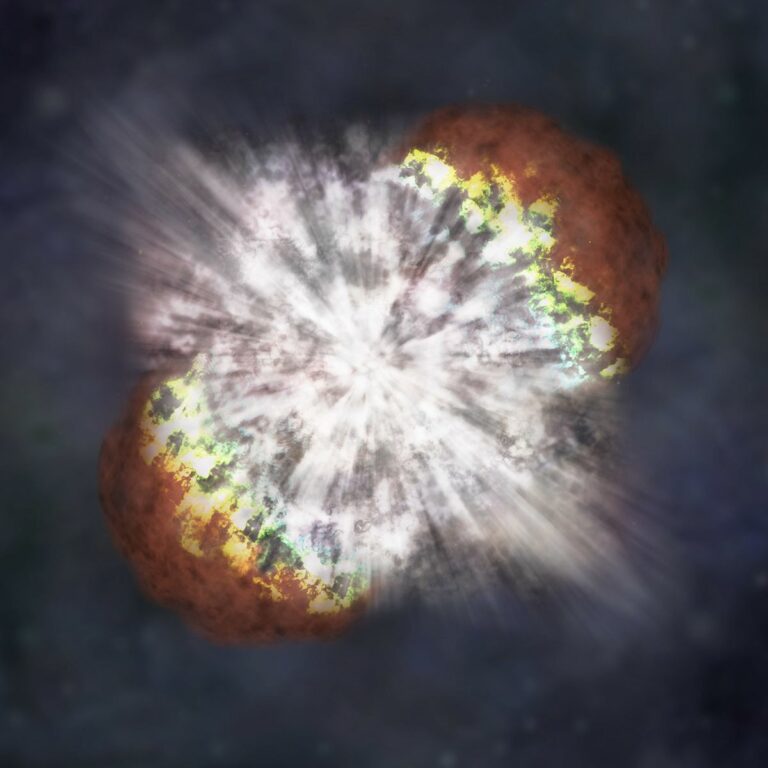
Thus, we have four possible scenarios of the “death hour” of a supermassive luminary. At the first of them, a supernova flare occurs and a neutron star is formed, surrounded by a gas nebula (a remnant of a low-mass supernova). In the second case, the flare ends with the formation of a nebula and a black hole. In the third case, only a very massive black hole appears, which has absorbed all the matter of the shells surrounding it. Finally, the most massive stars leave behind only a nebula — the remnant of a hypernova.
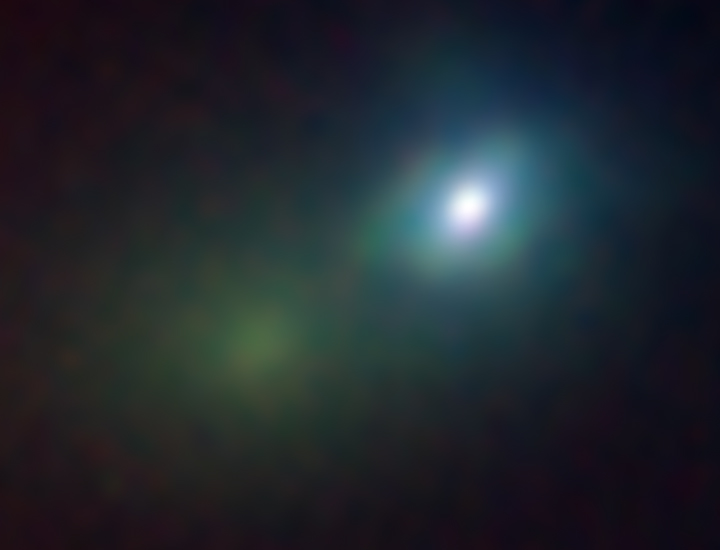
Previously, when we discovered a very massive star, we could assume that it would eventually flare up as a supernova with the formation of a black hole or neutron star. Now we know that there are two other possible options that have already been observed and should be implemented quite often on a cosmic scale. Scientists are still trying to understand under what conditions each of these events occurs. The next time you look at a star many times the size and mass of the Sun, do not think that a “supernova” is its obligatory finale. Such objects live a short but stormy life, and have several options for their death. We know that our Universe has started with an explosion. As for the most massive luminaries, astronomers are still not sure whether they end their lives with a grandiose explosion that completely destroys them, or with their last breath, irretrievably falling into the gravitational abyss.
Follow us on Twitter to get the most interesting space news in time
https://twitter.com/ust_magazine

